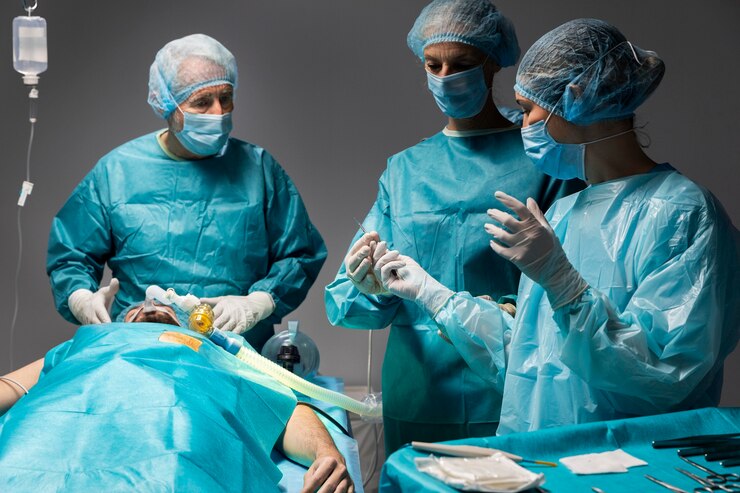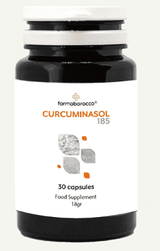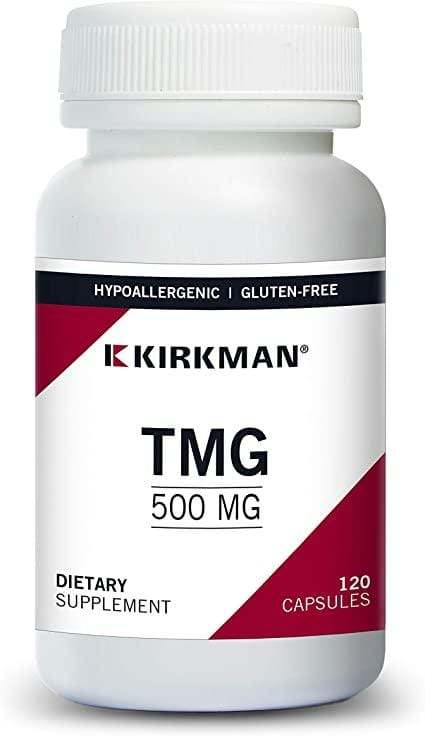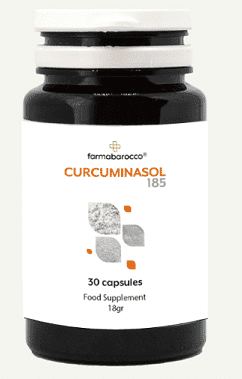What Is the Most Common Abdominal Surgery?

Related products
Abdominal surgery is a broad scope of medical procedures that address issues of abdominal organs, including the stomach, liver, gallbladder, and appendix. The appendectomy, which involves excising the patient's appendix, is the most common among these surgeries. Depending on how severe or immediate, doctors determine conditions through clinical examinations and imaging tools such as ultrasound or CT scans; these operations might be invasive (open) or minimally invasive (laparoscopic).
As per data provided by the National Institute Of Health (NIH), USA, the lifetime risk of appendectomy is 12.0% for males and 23.1% for females. This highlights a worldwide prevalence rate showing higher frequency than other intra-abdominal procedures such as cholecystectomies or herniation corrections.
The World Health Organization notes a rise in emergency cases of Acute Appendicitis resulting in immediate surgical intervention, usually done through laparoscopic methods currently preferred due to less discomfort experienced postoperative and smaller physical scars remaining.
Despite being categorized as 'routine,' it sometimes still qualifies as 'major surgery.' It significantly emphasizes surgical precision and clinical acumen during procedure implementation, followed diligently by optimal postoperative care to achieve successful therapeutic outcomes.
What Is Abdominal Surgery?

Abdominal surgery represents procedures conducted in the stomach region, an area home to vital organs such as the appendix, gallbladder, liver, and more. The main purpose of these surgical interventions is the diagnosis or treatment of conditions associated with these particular organ systems.
The scope for abdominal surgery extends considerably owing largely to the complexity and importance associated with individual organs; it encompasses leading, often life-saving, transformations in patients' lives.
Classification-wise, two key factors differentiate abdominal surgeries: emergency versus elective and open versus laparoscopic procedures.
Emergency Surgery
Emergency surgery occurs when a sudden, unforeseen health emergency necessitates immediate medical action. Such operations are typically vital to save lives or stave off additional complications—for instance, an appendectomy prompted by a ruptured appendix or bowel perforation repair due to diverticulitis. In the UK alone, the frequency of an emergency laparotomy ranges between 30,000 and 50,000 procedures each year.
Elective surgery
Elective surgeries refer to planned operations rather than those resulting from acute medical emergencies. They involve treating chronic diseases like cancer, correcting deformities, e.g., Hernia repairs, or enhancing the quality of life, such as bariatric surgery for weight loss management. Elective surgeries provide ample time for patients' physical preparation and mental readiness ahead of their scheduled procedure date.
Open Abdominal Surgery

Open Abdominal Surgery involves one large incision made through the skin and muscle tissue, allowing direct access into the abdominal cavity, thus viewing manipulation organs during the operation. As per a widely accepted statistic from the World Gastroenterology Organization, about two-thirds of the world population still contends with significant factors accounting for its prevalence. These include limited access to advanced technologies in certain geographical regions where resources are scarce.
Laparoscopic Surgery

Laparoscopic Surgeries marked the revolution in minimally invasive techniques, enabling surgeons to perform complex tasks without making bigger cuts. Instead, several small openings, fewer inches each, accommodate specialized tools, including camera guide movements inside the body. Patients experience less postoperative pain, have reduced scarring, and have quicker recovery times overall.
Irrespective of the category, each holds intrinsic merits and demerits guided by unique circumstances. The decision always results from careful considerations between doctors, ensuring the best possible outcome is administered on every single occasion.
What Happens During Abdominal Surgery?
Abdominal surgery involves a preoperative assessment encompassing an overview of the patient's health records and necessary diagnostic examinations. After the provision of general anesthesia, surgical professionals make an incision in the abdomen - its measurement is contingent on whether it's a minimally invasive (laparoscopic) or traditional (open) procedure.
During the operative phase, disease-affected organs are addressed; this could involve excising cancerous portions from intestines or removing gallbladders in cholecystectomy. Following completion, wounds get stitched up, and post-operative care features close monitoring to prevent complications.
Recovery time varies for each individual but generally involves slowly increasing activity levels and food intake supervised by the rehabilitation team until the regular daily routines are resumed.
What Is the Most Common Abdominal Surgery?
Appendectomy

An appendectomy, a procedure involving the excision of the appendix, generally becomes essential due to acute appendicitis - inflammation necessitating immediate surgical intervention. As indicated in medical studies and agreed upon by healthcare professionals, an appendectomy appears as one of the prevalent forms of abdominal surgery.
A study revealed that this increase in prevalence could be due to the change to a Western lifestyle. The UK incidence is approximately 81 cases per 100,000 person-years and rose during the twentieth century. A lifetime prevalence is 8.6% for males and 6.7% for females.
According to surveys conducted by The Johnston Health Group in 2020, which polled over 1,000 surgeons across America from varying specialties, including General Surgery, Gastroenterology, and hepatology, appendectomy—removal of the inflamed appendix—emerges as one of the most common types of abdominal surgery performed.
The surgical procedure often includes a laparoscopic technique using tiny incisions rather than larger ones associated with open surgery. Post-procedure recovery usually happens within 2-3 weeks without complications, and outcomes are generally positive, leading to complete resolution of symptoms.
Notably, despite being a routine operation with relatively low-risk factors, certain complexities might arise, varying from patient to patient. In the general population, appendicectomy is considered a safe procedure with a 0.08% mortality rate for non-perforated appendicitis, increasing to 0.5% for perforated appendicitis. This necessitates swift surgical intervention when symptoms present while ensuring optimal postoperative care to prevent any potential complications. Successful treatment invariably results in complete recovery, restoring normal bodily functions, thereby highlighting the importance of accessibility to timely quality health services to populations worldwide.
Other Common Abdominal Surgeries
Cholecystectomy
Cholecystectomy is the surgical procedure for gallbladder removal, a small organ under the liver that aids digestion. This surgery becomes necessary due to complications like painful gallstones causing blockages leading to infection or inflammation. Around 10–15% of the adult population in the UK have gallstones. Cholecystectomy or gallbladder removal indicates the presence of symptomatic gallstones causing severe pain and discomfort. These patients go under the knife with either the traditional open method or minimally invasive laparoscopy. After a successful operation, dietary modifications are essential to manage digestive changes while monitoring potential risks like bile leak infection.
Hernia Repair
A hernia is a medical condition where an organ or tissue pushes through a muscle wall's weak spot, typically the intestine or abdominal fat. These often occur at high-strain places like groins and belly buttons due to causes such as heavy lifting, chronic coughing, or obesity. If untreated, complications may develop.
Hernias present as visible skin bulges with mild discomfort that can increase if neglected. In severe cases involving extreme pain, immediate attention is needed to prevent permanent damage.
Abdominal wall hernias are one of the most common surgical problems, with a prevalence of 4% in those aged over 45 years and a lifetime risk of 27% in men. Repair rates vary internationally from 10 per 100,000 of the population per year in the UK to 28 per 100,000 in the US.
The diagnosis usually involves physical examination and imaging tests, while treatment varies from temporarily using supportive devices to corrective surgeries to prevent recurrence after recovery.
Hernia repair is another frequent form of myriad types, including inguinal, femoral, and umbilical hiatal. Depending on the type of location of hernias, various approaches are used, such as tension-free mesh repairs versus sutured closures. Both require vigilant postoperative care to prevent recurrence and promote healing.
Bowel Resection
Bowel resection is surgery to remove diseased parts of the intestines. It treats conditions like intestinal damage, blockages, Crohn's disease, and certain cancers that non-surgical treatments cannot manage.
The procedure varies from removing only affected segments (partial colectomy) to removing the entire colon (total colectomy). Surgeons then reconnect healthy sections, restoring digestive function. Both traditional and less invasive laparoscopic methods are employed in this operation, with varying recovery times and pain levels postoperatively.
Though considered safe generally for managing serious abdominal ailments, potential risks do exist, including infections, bleeding disorders, or scar tissue development; hence, consultation with healthcare professionals before deciding on a treatment course remains crucial.
Risks And Complications
Postoperative risks and challenges associated with abdominal surgery typically include:
- Infection at the surgical site
- Post-surgery bleeding
- Potential damage to nearby tissues
- Occurrence of pulmonary complications such as pneumonia or lung infection
- Development of blood clots, particularly in the legs, which can travel to the lungs
- Improper healing leads to reopening/splitting of the surgical wound
- Formation of scar tissue within the abdomen resulting in bowel obstructions over time
- Emergence of hernias due to internal tissues pushing through a weak spot at the incision site
- Side effects from pain relief medication post-surgery such as constipation, nausea, etc.
- Changes in metabolism affecting eating patterns long term dues organ removal/alteration
Risk mitigation strategies involve extensive pre-surgical reviews of patient fitness, sterilization methods during surgery, and vigilant postoperative monitoring for early complication detection. Following prescribed medication protocols and engaging in physical therapy sessions assist in the rapid healing process.
Laparoscopic methods have revolutionized abdominal surgery, offering fewer scars, rapid recovery, and lower complications compared to conventional open approaches. Implementing
Enhanced Recovery After Surgery (ERAS) protocols serve as a strategy to accelerate patient recovery. They involve educating patients about their operation, delivering optimal preoperative nutrition, limiting fasting, applying minimally invasive techniques where appropriate, and encouraging early mobilization after surgery.
Furthermore, effective pain management is achieved with a combination of anesthetic methods that minimize opioid usage, thus reducing side effects. Studies cited in the British Journal of Surgery and Anesthesia have reported that ERAS leads to shorter hospital stays and decreased complications, becoming standard practice in managing surgical care worldwide.
How Long Will I Have To Stay In The Hospital Following Abdominal Surgery?
The length of a hospital stay following abdominal surgery varies depending on the complexity of the procedure and individual recovery progress. For minimally invasive surgeries like laparoscopic appendectomy or cholecystectomy, patients are typically discharged in one to two days.
In contrast, more involved procedures such as bowel resection might necessitate stays up to seven days. Postoperative complications also influence this duration, but regardless, early yet safe discharge remains an ultimate goal aligning with ERAS protocols.
Summary
Abdominal surgery, encompassing open and laparoscopic procedures for the treatment of various conditions, is classified into emergency or elective types. Appendectomy is recognized as one frequent operation due to widespread appendicitis incidents. The surgical journey starts with preoperative evaluations, leading to post-operation recovery periods that depend on individual health status and procedure type. Enhanced Recovery After Surgery (ERAS) protocols expedite patient rehabilitation while minimizing potential complications.
Frequently Asked Questions
What is a major surgery for the abdomen?
Major abdominal surgery denotes extensive invasive procedures on organs inside the abdomen. This includes colectomy (removing large segments or entire intestine), partial hepatectomy (excising part of the liver), and gastrectomy, typically performed for gastric cancer treatments.
Why do people need abdominal surgery?
Abdominal surgery is required when conditions like colon cancer, gallstones, appendicitis and impairing hernias are not manageable with non-surgical treatments alone.
What are the top 5 major surgeries?
The top five major surgeries generally considered are:
- Coronary Artery Bypass Grafting (Heart bypass)
- Joint replacement
- Hip knee neurosurgery
- Spine central nervous system colorectal procedure
- Bowel disorders
What is another name for abdominal surgery?
Laparotomy is an alternate term for abdominal surgery requiring a large incision for direct abdomen access. This contrasts laparoscopy which uses smaller cuts and stitches promoting quicker recovery and reduced postoperative pain.





































 Rated Excellent by 26,523+ Reviews
Rated Excellent by 26,523+ Reviews